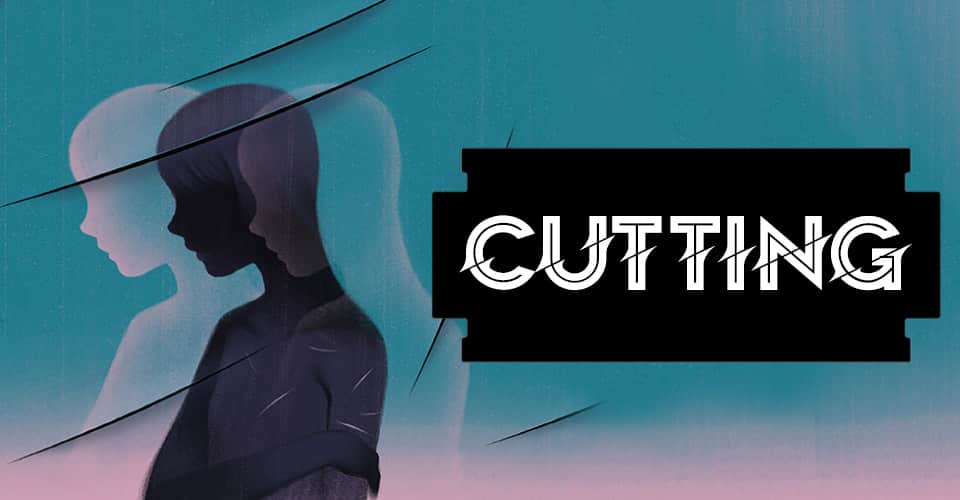Cutting, a form of self-injury 1 Klonsky E. D. (2009). The functions of self-injury in young adults who cut themselves: clarifying the evidence for affect-regulation. Psychiatry research, 166(2-3), 260–268. https://doi.org/10.1016/j.psychres.2008.02.008 , involves purposefully using sharp objects to create cuts on one’s body. Often driven by a maladaptive coping mechanism, individuals turn to cutting as a means to alleviate emotional distress or establish a semblance of control. While the act may provide temporary relief or distraction, it is neither a healthy nor effective long-term solution.
Cutting is often associated with underlying mental health issues 2 Hintikka, J., Tolmunen, T., Rissanen, M. L., Honkalampi, K., Kylmä, J., & Laukkanen, E. (2009). Mental disorders in self-cutting adolescents. The Journal of adolescent health : official publication of the Society for Adolescent Medicine, 44(5), 464–467. https://doi.org/10.1016/j.jadohealth.2008.10.003 , such as Borderline personality disorder, Depression, Anxiety, etc. It is crucial for individuals who engage in cutting to seek professional help to address the underlying issues, learn healthier coping strategies, and find support in their journey of recovery.
Read in Details About Self-Harm Here















